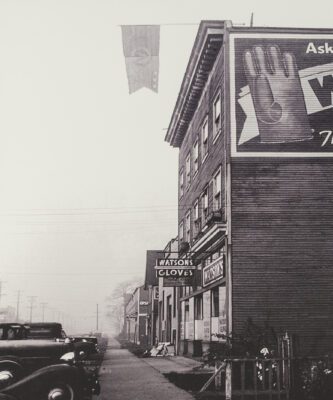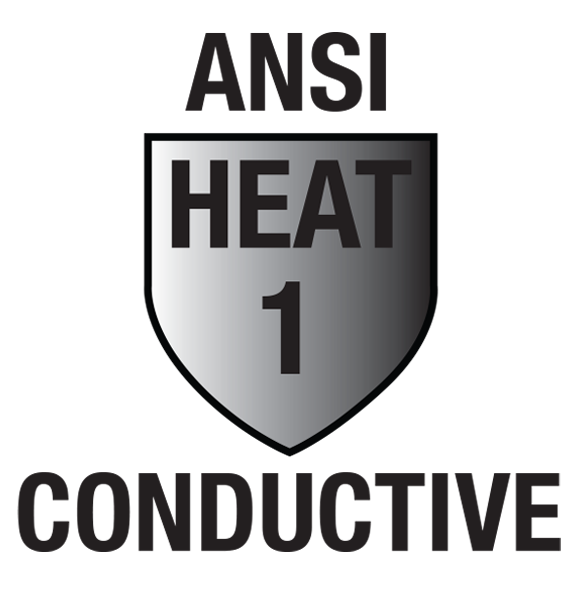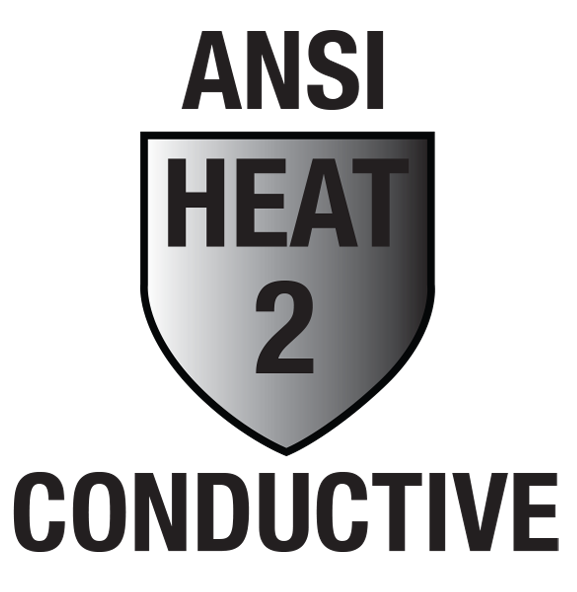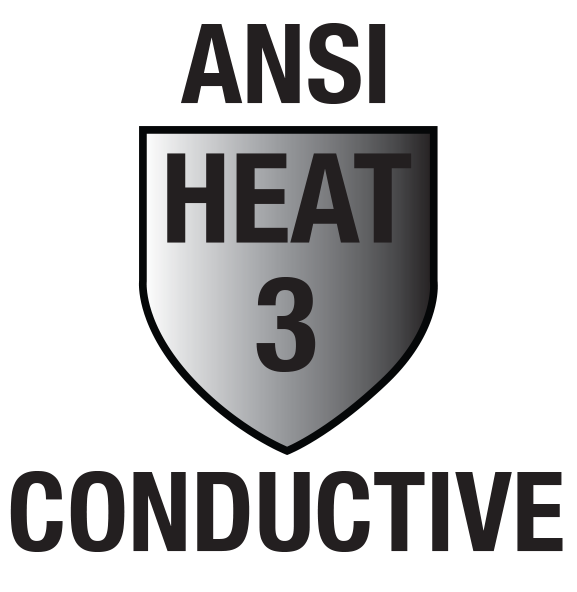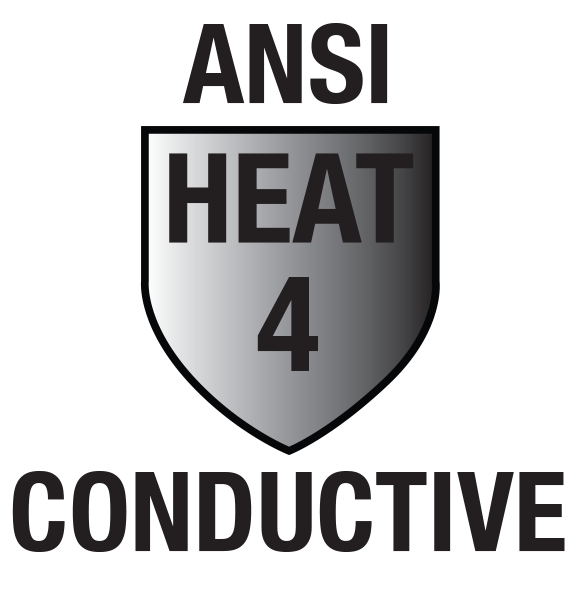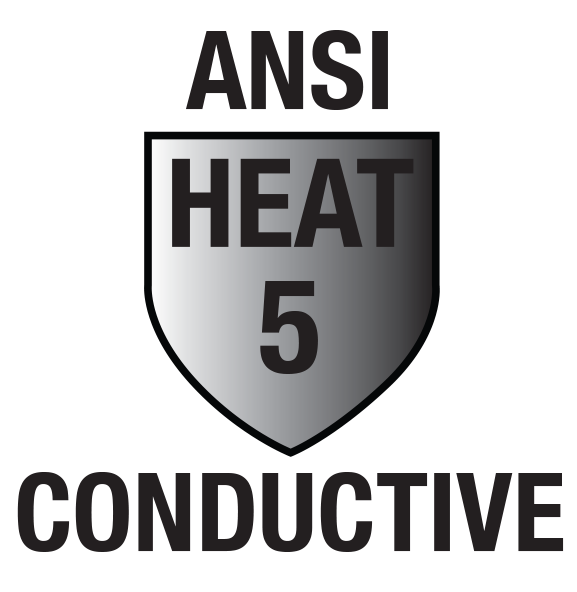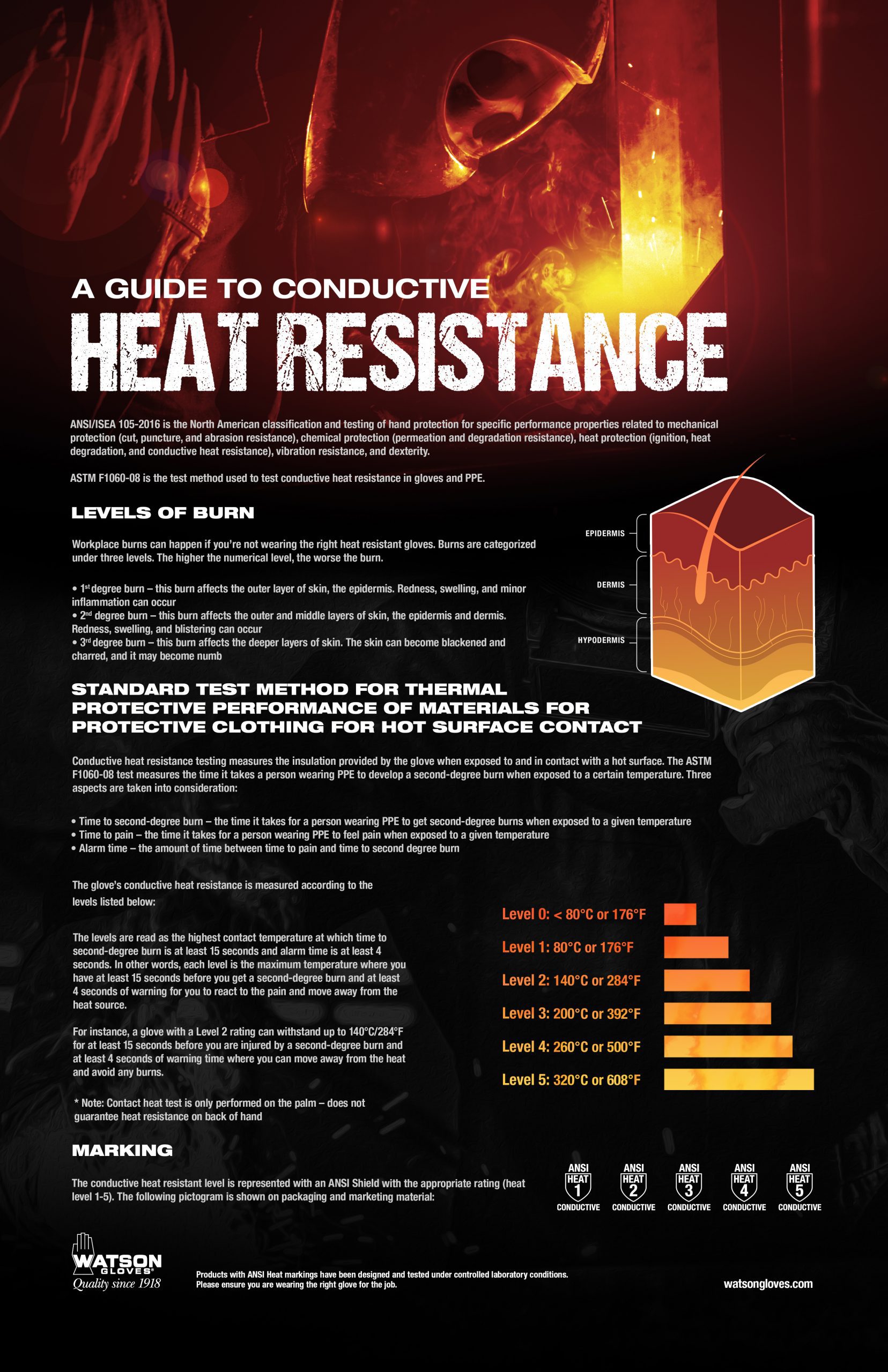ANSI ASTM F1060-08 Conductive Heat Resistance
ANSI/ISEA 105-2016 is the North American classification and testing of hand protection for specific performance properties related to mechanical protection (cut, puncture, and abrasion resistance), chemical protection (permeation and degradation resistance), heat protection (ignition, heat degradation, and conductive heat resistance), vibration resistance, and dexterity.
ASTM F1060-08 is the test method used to test conductive heat resistance in gloves and PPE.
Levels of Burn
Workplace burns can happen if you’re not wearing the right heat resistant gloves. Burns are categorized under three levels. The higher the numerical level, the worse the burn.
- First-degree burn – this burn affects the outer layer of skin, the epidermis. Redness, swelling, and minor inflammation can occur.
- Second-degree burn – this burn affects the outer and middle layers of skin, the epidermis and dermis. Redness, swelling, and blistering can occur.
- Third-degree burn – this burn affects the deeper layers of skin. The skin can become blackened and charred, and it may become numb.
Standard Test Method for Thermal Protective Performance of Materials for Protective Clothing for Hot Surface Contact
Conductive heat resistance testing measures the insulation provided by the glove when exposed to and in contact with a hot surface. The ASTM F1060-08 test measures the time it takes a person wearing PPE to develop a second-degree burn when exposed to a certain temperature. Three aspects are taken into consideration:
- Time to second-degree burn – the time it takes for a person wearing PPE to get second-degree burns when exposed to a given temperature
- Time to pain – the time it takes for a person wearing PPE to feel pain when exposed to a given temperature
- Alarm time – the amount of time between time to pain and time to second degree burn.
The glove’s conductive heat resistance is measured according to the levels listed below:
Level 0: Less than 80°C or 176°F
Level 1: 80°C or 176°F
Level 2: 140°C or 284°F
Level 3: 200°C or 392°F
Level 4: 260°C or 500°F
Level 5: 320°C or 608°F
The levels are read as the highest contact temperature at which time to second-degree burn is at least 15 seconds and alarm time is at least 4 seconds. In other words, each level is the maximum temperature where you have at least 15 seconds before you get a second-degree burn and at least 4 seconds of warning for you to react to the pain and move away from the heat source.
For instance, a glove with a Level 2 rating can withstand up to 140°C/284°F for at least 15 seconds before you are injured by a second-degree burn and at least 4 seconds of warning time where you can move away from the heat and avoid any burns.
Note: Contact heat test is only performed on the palm – does not guarantee heat resistance on back of hand. products have been designed and tested in control lab conditions only. please ensure you pick the right glove for the job.
MARKING
The conductive heat resistant level is represented with an ANSI Shield with the appropriate rating (heat level 1-5). The following pictogram is shown on packaging and marketing material:
Click the button below to find the right conductive heat resistant gloves for your job.
Sign up for our newsletter!
Stay up to date with the latest Watson Gloves news, releases, and industry updates by signing up to our newsletter!

